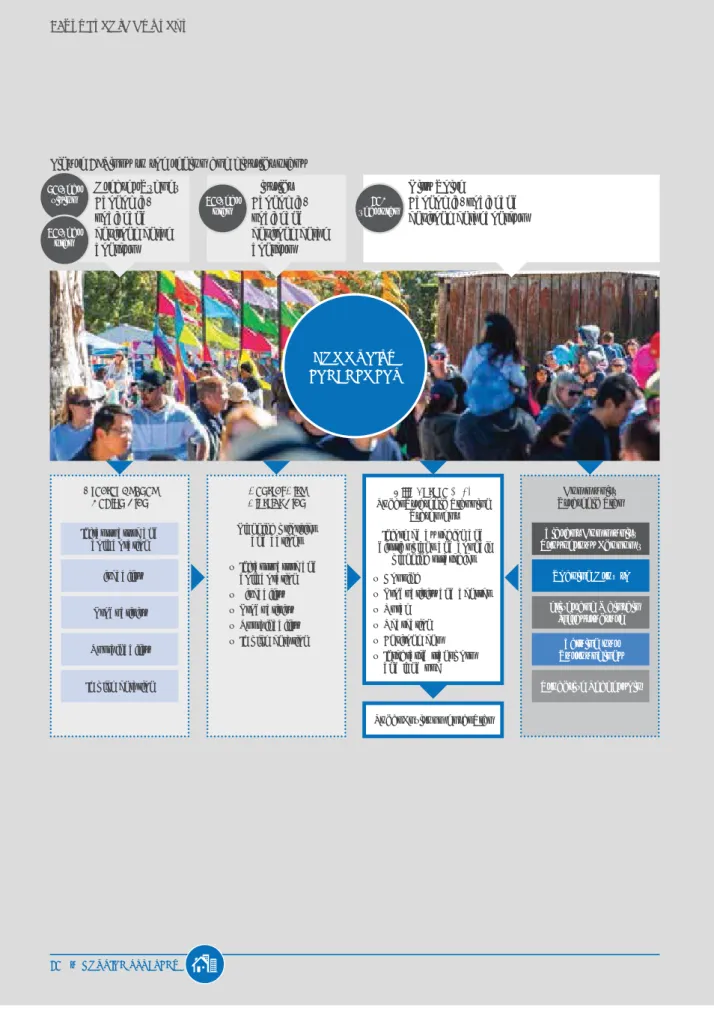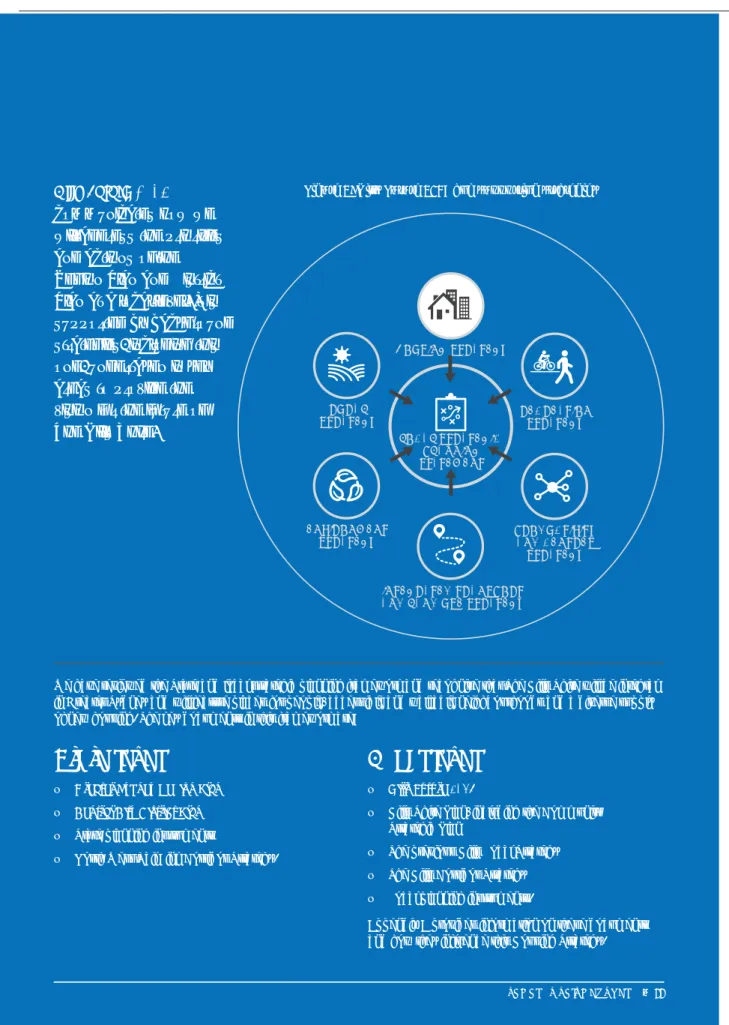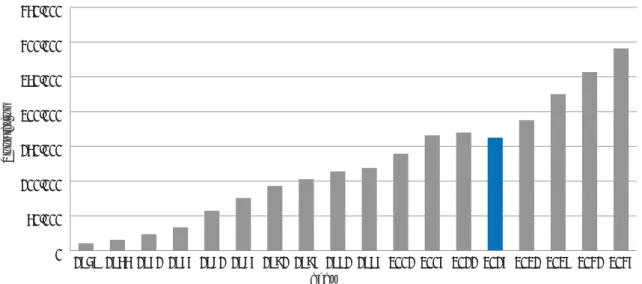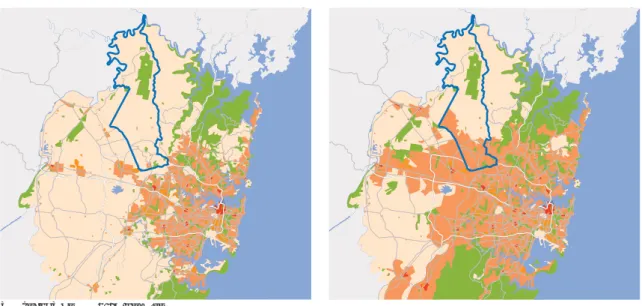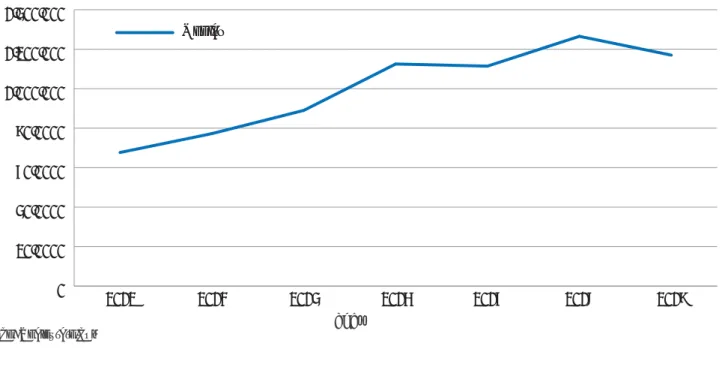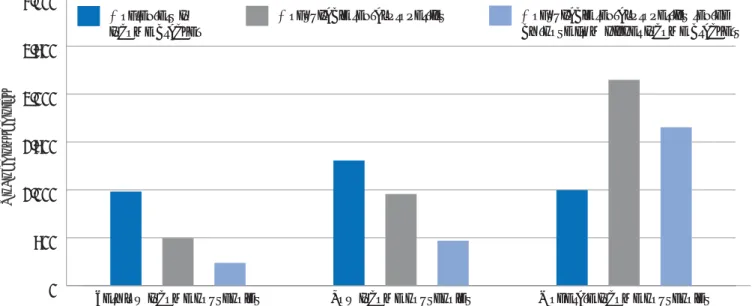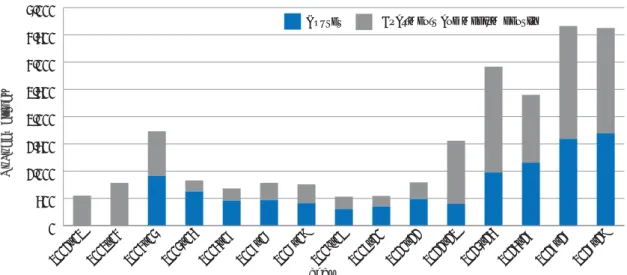Reproduction of this document for any other purpose is only permitted with the written permission of The Hills Shire Council. As an overall strategic approach to housing planning for the Shire's growing population, the Housing Strategy 2019 also supports the commitments in our Community Strategic Plan as expressed in the Hills Shire Plan, as well as the objectives of the Central City District's higher level Plan and the Greater Sydney Plan.
INTRODUCTION
Purpose
Developing the Strategy
We have a legislative obligation to implement the goals and vision of the NSW Government's strategic direction and other policies, as well as a commitment to The Hills community to create a place where people want to live, work and play.
STRATEGIC CONTEXT
STRATEGIC CONTEXT
Hills Future 2036 communicates how we will address the priorities and actions of the Regional Plan and District Plan at a local level. We reviewed the state and local strategic planning framework and recognized that The Hills Shire will be integral to Greater Sydney and will contain places for people, accessible and walkable neighborhoods and a diverse supply of new housing.
State level
This is supported by background strategies, including this one, which are being undertaken in key areas to provide the vision for the future of The Hills Shire.
Local level
This section provides an overview of what we know about the future population of The Hills and likely housing demand and supply. In drawing up our new housing strategy, a focus is required on delivering medium to high density housing in places with the right infrastructure, the right roads and the right amenities such as schools, medical facilities, recreational facilities and parks.”.
EVIDENCE
EVIDENCE
Demographic overview
Population
This growth has meant that areas of the Shire once dominated by farms, orchards and bushland have become more so. The continued development of the North West Growth Area, as well as the green areas of Balmoral Street and Box Hill North, together with urban renewal around Sydney's North West Metro stations will see the population of the Hills increase to approximately 290,900, equivalent with 2.1 percent annual growth.
Housing demand, trends and diversity
Most of the changes have occurred since the 1980s through the release of green land for development, mainly in the south of the Shire, in Beaumont Hills, Bella Vista, Castle Hill, Kellyville, Rouse Hill and West Pennant Hills, and more recently, on the outskirts of Baulkham. Hills, North Kellyville and Norwest.
Underlying demand
Effective demand
Seniors and people with a disability
Affordable rental housing
The district plan indicates that more research is needed to understand the supply of affordable housing. Any affordable rental housing scheme must be viewed in the context of a diverse housing supply, movement within existing affordable housing stock and supply and vacancy rates.
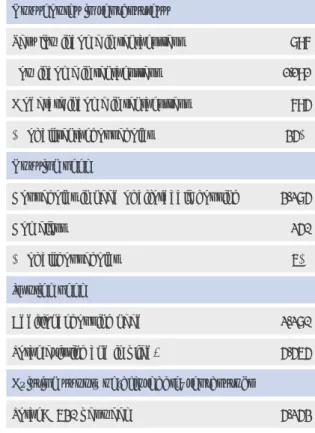
Students
With most homes in The Hills being large detached dwellings, the increased diversity in housing in places like Kellyville and Rouse Hill is putting downward pressure on rental prices. In 2018, median rental prices in Kellyville saw a dramatic drop of 7.9 percent, largely due to high rental vacancy rates.
Social housing
Housing supply, trends and diversity
Desirable locations
Between November 2018 and April 2019, the average sales price of detached houses fell by about seven percent. Other external factors, such as the tightening of credit controls by banks, may also have contributed to the decline in the average sales price of detached houses.
Land use opportunities and constraints
Online visits to listed properties in these suburbs are all higher than the average number of visits to listed properties in NSW (around 700), indicating the desirability of Hills suburbs. The growth in apartment prices may reflect the growing number and desirability of apartments close to services, including Sydney Metro North West. The drop in average price for detached houses over the same time frame may reflect the cooling of the market and the corresponding decrease in returns on speculative real estate consolidation.
Analysis of the evidence base
Housing supply gaps
Areas with development capacity
Existing Rural Area
North
North Kellyville
Balmoral Road
Showground
Cherrybrook Castle Hill
Baulkham Hills
Bella Vista
NorwestUrban
G row th B
Rate of development
Areas to be conserved and future local character
PLANNING PRIORITIES
PLANNING PRIORITIES
Plan for new housing to support Greater Sydney’s
Rationale
Matching growth with infrastructure
Achieving appropriate densities
Barriers to housing delivery
Council will
Actions
Plan for new housing in the right locations
Station precincts
Greenfield areas
Infill development
Limit residential growth within the existing and planned residential zones of the urban area below the urban growth limit.
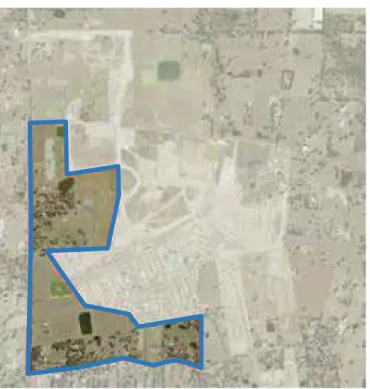
Plan for a diversity of housing
DETACHED HOMES
MEDIUM DENSITY
APARTMENTS
Apartment sizes
Low Rise Medium Density Housing Code
Affordable housing and housing affordability
The State Environmental Planning Policy (Affordable Rental Housing) 2009 (ARHSEPP) provides incentives in the form of development concessions above standards for developers who include an affordable housing component in multi-unit housing. The ARHSEPP was recently amended to limit a dormitory in the R2 low density residential zone to no more than 12 dormitory rooms. ARHSEPP does not require dormitories and secondary housing to be provided at an affordable rent.
For example, media reporting indicates that some 'new generation' dormitory developments are being let for up to $500 per room per week in the eastern suburbs, which does not meet the affordability standard (less than 30 percent of gross income for many low, low, or moderate income families). At the end of this period, housing reverts to private market rentals, reducing the supply of affordable housing and potentially creating a cycle that perpetuates high waiting times for those in need of affordable rental housing.
Housing for seniors and people with a disability
ARHSEPP allows social housing providers to build apartments within 800 meters of a bus stop or Sydney Metro station in Greater Sydney, enables group homes of 10 bedrooms or less to be developed without consent and makes matching group homes with development if they meet specified development standards. ARHSEPP permits dormitories in residential and business areas and identifies the standards that must be met. For affordable housing that attracts floor area bonuses under the ARHSEPP, the housing must only be rented at an affordable price for 10 years and must be managed by a community housing provider during that period.
Low- or high-density residential housing within the private market should be able to accommodate, and a variety of housing types should be available in senior housing developments. Larger senior housing developments may have the means to provide buses and medical facilities, while smaller developments should be located to give residents access to essential services, including.
Requirements for housing seniors and people with a disability
Renew and create great places
Local character statements
E4 Environmental Living zone
Restricted development areas
High quality built form
Affordable living
Local heritage
Bella Vista Farm is an important cultural landscape on the Cumberland Plain, and is of exceptional importance as a cultural and recreational facility. Bella Vista Farm is listed as a Heritage Conservation Area on the NSW State Heritage Register and within Schedule 5 of our LEP. As over 25 years have passed since a Heritage Survey was carried out, a review will be undertaken by a qualified heritage consultant and will include any conservation or management recommendations.
In addition to detailing the meaning of objects, these studies could also suggest any preservation and/.
Amenity and lifestyle
Work with the community to expand local character mapping to include identified areas of significant local character, and develop associated local character statements to provide specific objectives to guide development in these areas. Introduce a character clause and map to The Hills LEP to guide development to reflect desired character in the Showground area.
Provide social infrastructure and retail services to meet
Education
It is clear that the current planned provision of schools in greenfield areas and along the Sydney Metro corridor is insufficient to meet the expected future growth. Outside of the TAFE building in Castle Hill and Baulkham Hills, there is no tertiary education in The Hills. Sydney Metro Northwest provides a direct connection to Macquarie University, as well as an additional public transport route to universities in and near the Sydney CBD.
This will benefit the local economy, as well as provide training opportunities closer to home for recent graduates and those already in the workforce looking to advance their skills.
Cemeteries and crematoria
Planning mechanisms
IMPLEMENTATION,
MONITORING AND REVIEW
Implementation and delivery
Stakeholders
Planning instrument
Monitoring and review
ATION,
G AND REVIEW
Planning ins
APPENDICES6
State policy
Greater Sydney Region Plan
The Region Plan provides ten directions related to longevity, productivity and sustainability to guide future planning for Greater Sydney. The guidelines related to this strategy are those related to liveability: A City for People, City Housing and a City of Great Places, which aim to design places for people, ensure adequate housing supply and develop a more accessible and portable. In this framework, specific objectives are attached to each direction to help fulfill the objectives of the Region Plan.
Relevant planning objectives from the Greater Sydney Region Plan
Objective Description
Central City District Plan
Planning Priority
Description
Consider how to strengthen social connections and note that community centers can be built on connections created by local infrastructure, learning spaces such as libraries and schools, shared spaces such as community gardens and street life (Action 15).
Locating housing in appropriate locations
State planning instruments
North West Rail Link Corridor Strategy The North West Rail Link Corridor Strategy (2013)
Local policy
Local Strategic Planning Statement
Community Strategic Plan
Strategic direction Community outcomes Strategies
The Hills Shire Local Strategy
The Hills Corridor Strategy
Local planning instruments
West Pennant Hills Rural North Rouse Hill Norwest North Kellyville Kenthurst Kellyville Glenhaven Dural - Middle Dural. About 90% of the Shire's population lives in the urban area, mainly in Baulkham Hills, Castle Hill and Kellyville. Between 2011 and 2016, all suburbs in the Hills Shire, with the exception of Box Hill, experienced growth.
The suburb with the highest growth was Kellyville, which can be attributed to continued housing completions in the North Kellyville Growth Area Precinct. The increase in housing in Castle Hill and Baulkham Hills can be attributed to the densification of these centers over the past decade.
Population profile
Projected age profile of The Hills Shire (No. of persons)
Dwelling requirements and households
Between 1991 and 2006, the average household size fell in The Hills and in all LGAs in the Central City District and Greater Sydney. Between 2006 and 2016, the average household size increased steadily, possibly due to migration and declining affordability. The delay in this trend in The Hills may be a result of internal migration, where new families move from their first place of settlement.
These recent increases in household sizes coincide with The Hills Shire becoming an increasingly diverse community. The majority of this increase was within the Chinese community, which more than doubled to become the largest group of people born outside Australia to live within the Hills, representing 5.1 per cent of the population.
Top five countries of origin for overseas born residents
The average number of children per family is expected to remain fairly stable in family households with approximately one child per family.
Number of bedrooms
Tenure type
Dwelling type by tenure
Median household income
Housing stress
Number % of total Number % of total
Migration
Net migration locations between 2011 and 2016
Net migration between 2011 and 2016
Greater Sydney Regional Plan - Greater Sydney Commission March 2018 Central City District Plan - Greater Sydney Commission March 2018 Department of Planning and Environment 2016 NSW State and Local Government Area Population Projections https://www.planning.nsw.gov .au/.
